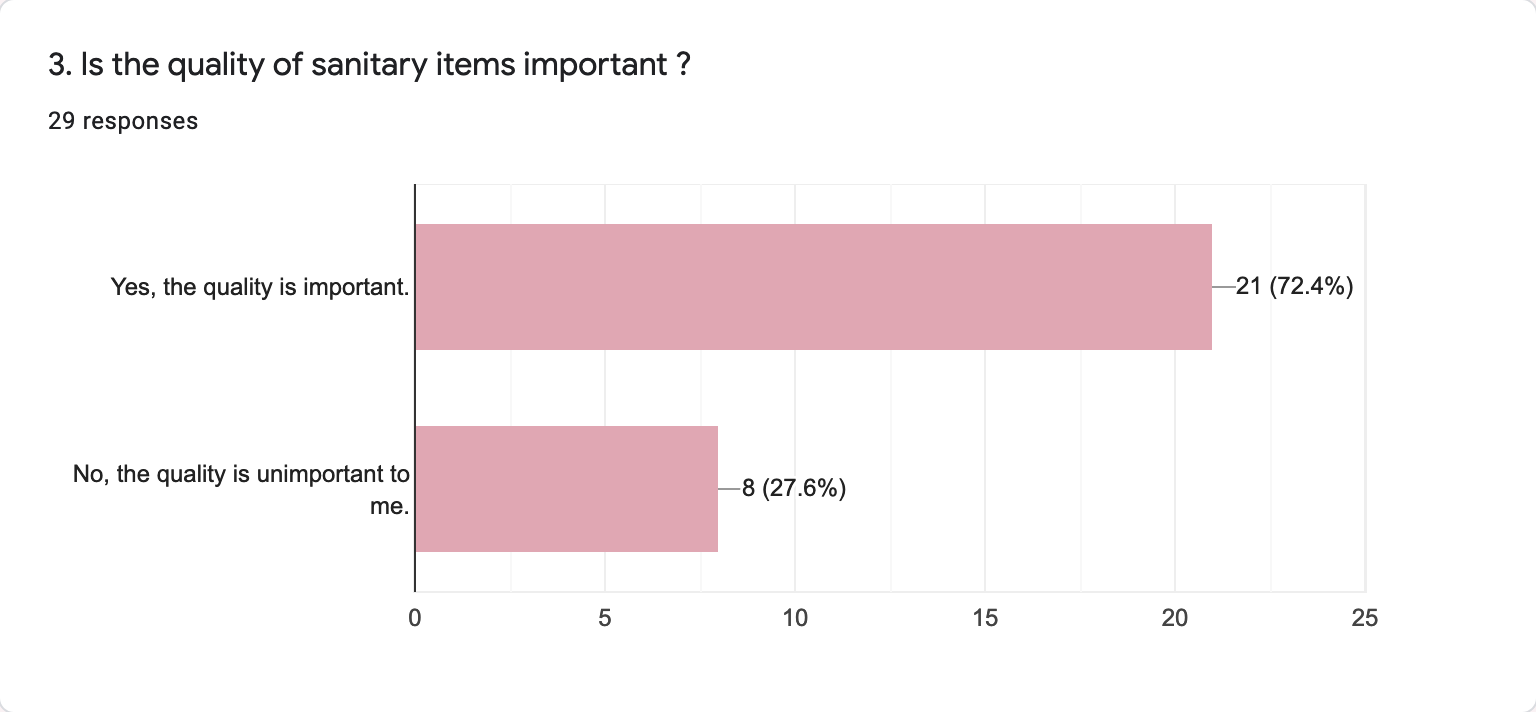Freedom Flow
2020 • | Lead Designer | Individual Project | Figma
Project summary
The goal of this project was to create a CMS-driven non-profit organisation application. For this project I created a fictitious organisation called Freedom Flow with the mission to ensure that all women in Aotearoa have free access to sanitary items in times of need.
Role and responsibilities
Research responsibilities and outputs
Identifying and proposing business requirements
Identifying target audience
Validating desirability viability feasibility
Identifying user requirements
Completing competitor analysis
Writing conversation guidelines and surveys
Conducting interviews
Synthesising insights
Design responsibilities and outputs
Creating low-fidelity ideas concepts
Creating project sitemaps and roadmaps
Creating flow diagrams
Completing brand research and development
Collating design elements by theme to create moodboards
Designing icons and illustrations
Creating low-fidelity wireframes
Completing high-fidelity visuals and prototypes
Development responsibilities and outputs
Developing website using HTML / CSS/ JS / PHP
Deploying website from local environment to live environment
Cross-browser testing
Client onboarding and training
The Problem
At present there are very few dispensaries and the ones that exist are costly and expensive. Freedom Flow would like to invite others to become involved and to help make a difference for women across Aotearoa.
The Solution
Freedom Flow would like to raise awareness of period poverty in Aotearoa and raise funds to make their dream a reality. In order to achieve this was to create a website.
Freedom flow’s goal is to provide every school and workplace with accessible dispensaries providing sanitary pads free of charge.
Having an online presence allows Freedom Flow to provide easily accessible learning resources, to build a community and help people to understand how period poverty has affected women of all ages in Aotearoa.
The website will also facilitate one-off donations and allow the customers to purchase a range of unique products. The proceeds of which will be reinvested in the community through the installation of sanitary dispensaries available in public facilities, schools, and workplace environments. Funding will also be released to staff to ensure that these dispensaries are well-maintained and refilled regularly.
Learning about the industry
To gain a better understanding of how other non-profit organisation sites operate, I conducted research and completed SWOT analysis of each organisation I chose with similar goals. The results of this research highlighted content strategies, and popular efficient UX patterns which helped me to identify some key opportunities for Freedom Flow.
Identifying the target audience
To better understand which people would benefit most from this initiative, I created an online survey which was shared with a selection of women across different age groups and socioeconomic backgrounds. It was important to ensure that the survey reached a diverse audience to ensure that women of all backgrounds had a voice. The survey results were collated, analysed and the insights were distilled.
The survey posed questions about
Whether or not this cause was of any interest to people
Whether people have ever needed free sanitary pads and if so, whereabouts?
Does quality of sanitary pads matter?
What merchandise will they be interested in purchasing?
How much people are willing to donate?
What type of content would be of interest to the user?
As a result of these efforts it was clear that my target audience were women who have their period.
Survey findings
Recognising the needs of these women from the varied range groups based on the survey results, I realised the following:
Each of the participants who completed the survey were interested in the organisation and its cause.
Participants are willing to donate between $10 and $50 on average to support the efforts of Freedom Flow.
The 3 key topics that participants expressed interest in were period poverty, health and well-being and personal stories.
Designing the solution
At this point I continued with my design process.
Defined features based on user needs and desires
Homepage - marketing the initiative.
Donations - way to donate to the cause.
Products - to purchase with proceeds going to the cause.
Contact - way to get in contact with the organisation.
Learn more - content of interest to target audience
Created a sitemap. This helped to define the navigation structure and where to house specific content and features.
Created wireframes using Figma exploring each feature flow and how these connect.
Created a prototype allowing the flows to be tested with specific user groups.
Include test findings - made changes based on user experience testing.
Visual design - I created moodboards, style tiles, design system, etc.
Applied visual direction.
Takeaways
Crafting a clear and compelling story can positively influence conversion rates.
When a customer can easily understand the identity of the organisation. i.e. what drives them and the goals that they set out to achieve, it makes it much easier for customers to build a connection. This foundation of trust and reassurance increases the likelihood of investment whether it be a one-off donation or the purchase of a product.
Impactful and considered visual design can increase customer engagement.
Creating an overall consistency in visual design with the use of colours, typography, and layout help to set the tone.
Effective form design make a big difference.
By making the experience hassle-free and efficient reduces the customer dropout rate and increases likelihood of purchase completion.
Make transactions easy.
I learnt the placement of the donation button and the number of inputs to be filled out on a form are all considerations as to whether the user will want to donate to the cause or not. I found that when users have already decided they want to part with their money they want it to be fast, efficient and hassle free.





